Save Oregon's Bees
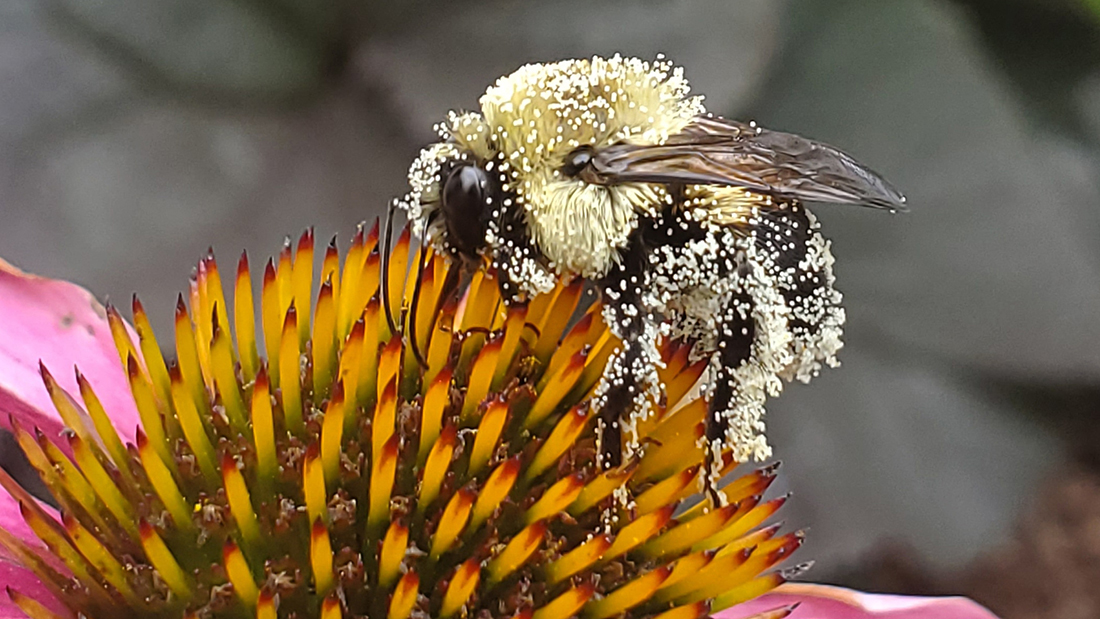
Photo by Jennifer DiFrancesco
Donate to support our work on this increasingly important project to protect our local pollinators.
Welcome to the buzzing world of pollinators!
Did you know that these tiny creatures play a vital role in human health and food security? Research has shown that effectively managed pollination on small, diverse farms can increase crop yields by an impressive 24 percent! That means more delicious and nutritious foods like kale, blueberries, apples and almonds, which all depend on insect pollination. The key to these bountiful harvests lies in well-pollinated crops which produce larger and more nutritious yields. If a crop has been well-pollinated, then larger and more nutrient-rich leaves, fruits and seeds will result.
Pollinators and Climate Change
Our precious pollinators are facing daunting challenges: climate change, habitat destruction and widespread pesticide uses are taking a toll on their health worldwide. As a result, we’re witnessing steady declines in pollinator populations (US honeybees suffer second deadliest season on record). If this trend continues, nutrient-dense crops such as fruits, nuts and many vegetables will be replaced largely by self-pollinating and wind-pollinated crops like rice, corn and wheat. This shift can have serious consequences for the entire natural ecosystem. The unpredictable changes in global climate are likely to make such problems worse in the future.
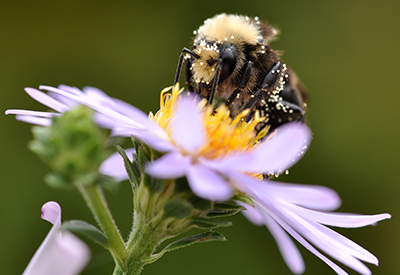
Photo by Sherrie Pelsma
Bees and Neonics
One of the major culprits behind the catastrophic loss of bees and other insects is the use of neonicotinoid pesticides (pronounced: knee-oh-nick-a-tin-oy-d). These highly toxic, synthetic chemicals pose a significant threat to insects, even at low doses. What’s worse, they persist in the environment and continue to harm beneficial soil organisms and aquatic life for years after their application. Neonicotinoids find their way into the nectar, pollen, leaves and many other parts of plants, endangering pollinators and other animals that rely on these resources.
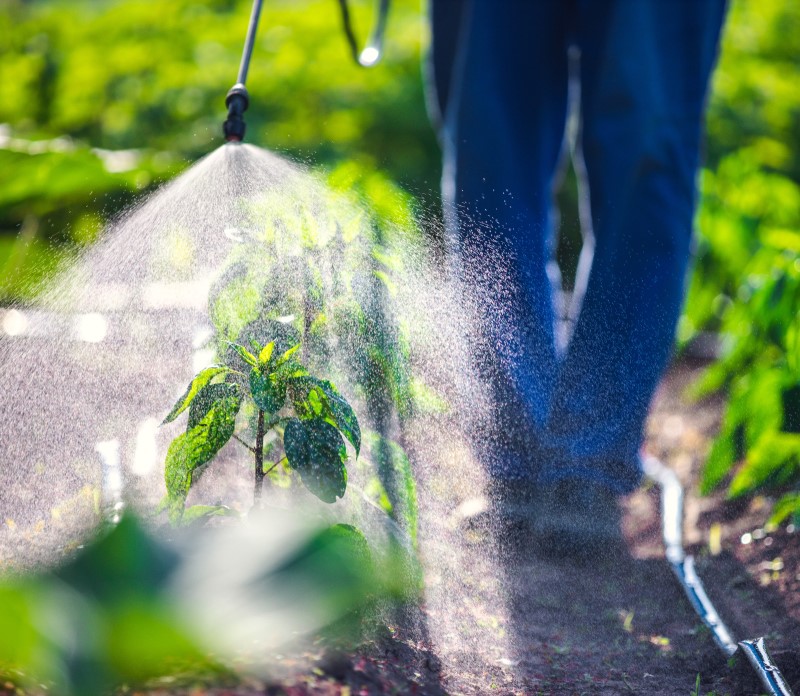
Where are neonics found?
Sadly, neonicotinoids are widely used worldwide. They are sprayed directly onto crops, trees and seeds in agricultural and urban settings, and even used for termite and flea prevention in pets. Surprisingly, neonics are often found in higher concentrations in urban areas than in agricultural lands! This is likely because they are commonly used for treatments for turf grass, trees, shrubs and flowers and are widely available in stores and online.
Shoppers Beware!
The labels on pesticide products don’t adequately warn consumers about the uptake of neonicotinoids by other plants. Shoppers assume that products sold at garden and grocery stores are completely safe, but research suggests that home use of neonicotinoid-containing pesticides far exceeds what is considered “safe” for pollinators and soil health.
Neonicotinoids commonly found in widely-used yard products include:
Look for these names when you shop for garden maintenance products and AVOID them!
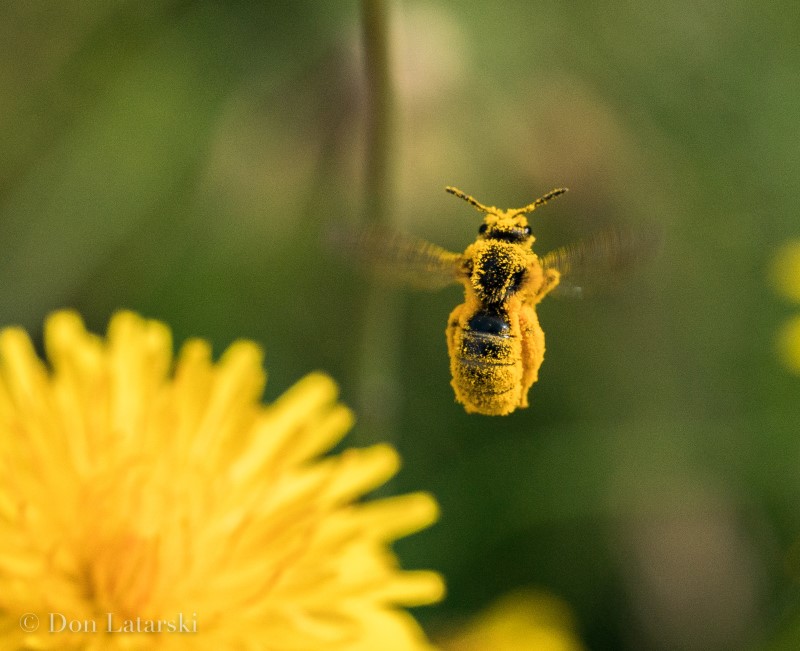
Photo by Don Latarski
8 THINGS YOU CAN DO TO HELP...
1. Say 'NO!' to neonics! Avoid pesticides containing neonics! Check labels before buying products. (See list above) Ask your landscaper for detailed information about any products applied to your yard and ensure that neonics are not used. Better yet, keep your yard healthy for people and the environment by going pesticide-free and using natural lawn care.
Safe alternatives for toxic pesticides (credit: Beyond Pesticides):
Products Compatible with Organic Landscape Management – PDF
Fertilizers Compatible with Organic Landscape Management – PDF
2. Grow bee-friendly flowers (BEE FRIENDLY FLOWERS & BLOOM CALENDAR) that bloom from spring to fall to provide food for pollinators. Avoid poisoning pollinators! Bedford you buy, ask your garden center or nursery if plants have been treated with neonics. If they don’t know if their plants are treated with neonics, take your business elsewhere. Support nurseries that provide neonic-free plants. You can also grow plants from untreated seed or cuttings. Share untreated plants, cuttings and bulbs with your friends and neighbors! Add more native plants to your garden to provide food for native bumblebees, solitary bees, butterflies, hummingbirds and other pollinators.
3. Enhance ground nesting bee habitat. Solitary bees prefer to build nests underground. They look for loose, well-drained soils in sunny spots, often with some nearby plant debris they can use for nesting (raspberry canes, tomato stalks, etc).
4. Urge local food growers, nurseries and garden centers to stop selling plants treated with neonics and to support legislation to remove neonics from consumer store shelves.
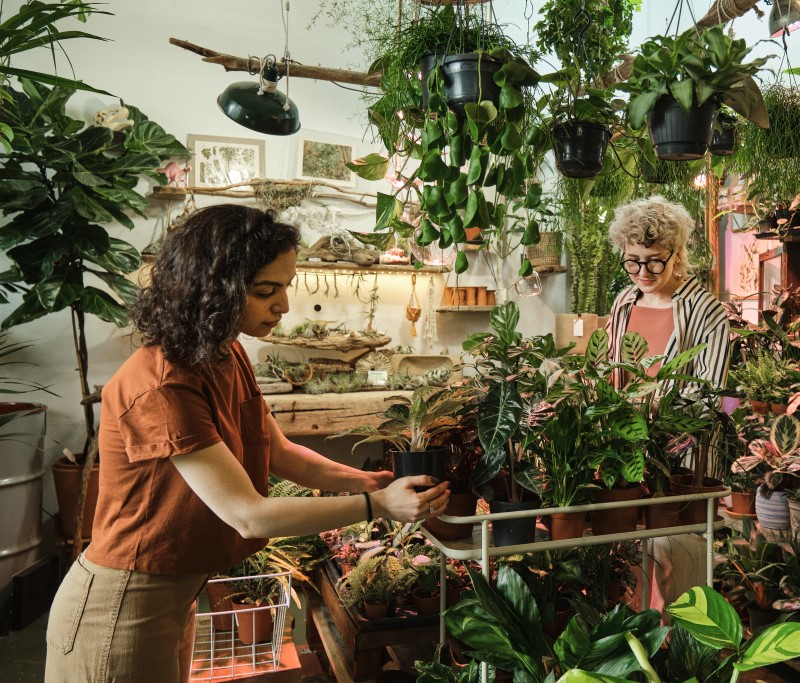
Ask your garden center or nursery if plants have been treated with neonics.
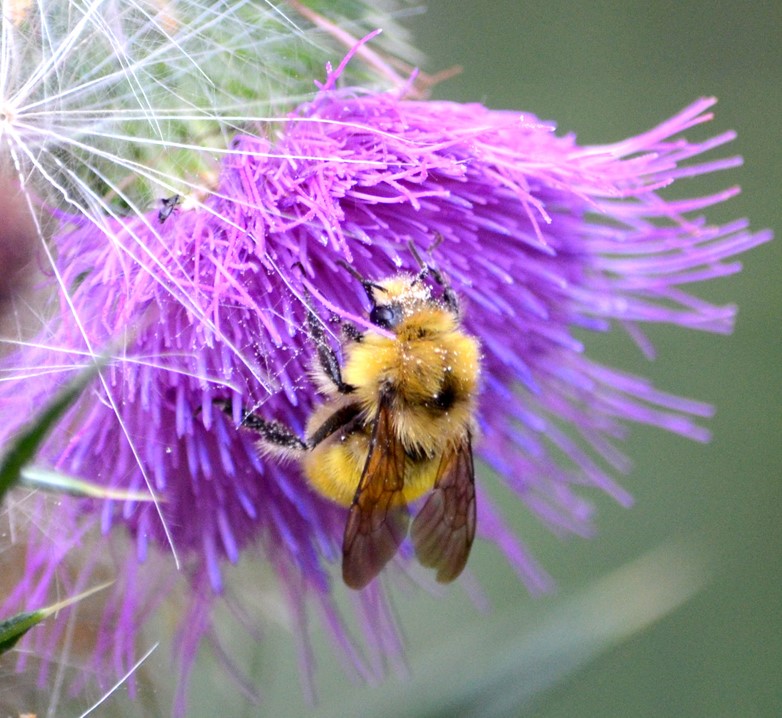
Photo by John Tarantino
5. Support non-profit organizations that advocate for stronger pollinator protections and raise awareness about issues impacting pollinator health. You can volunteer, or donate money to organizations to help them continue their work.
6. Become a Bee City!
7. Support Organic and Biodynamic Agriculture. Organic and biodynamic agriculture restores or revitalizes its own sources of energy and materials to support humans, plants, wildlife and our climate. Read more about our Regenerative Ecosystems work->>





